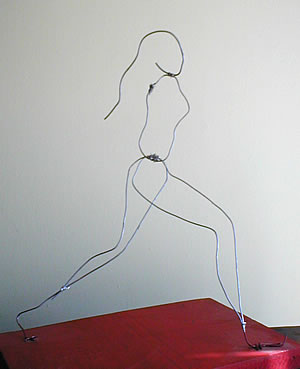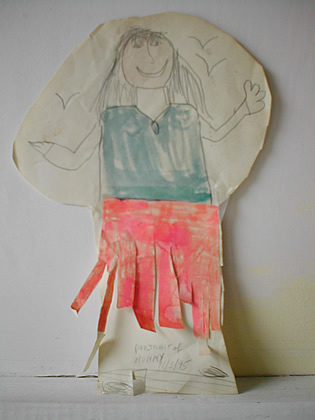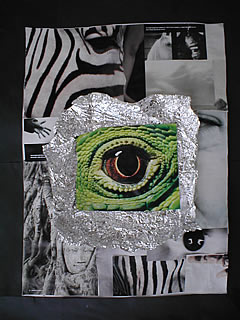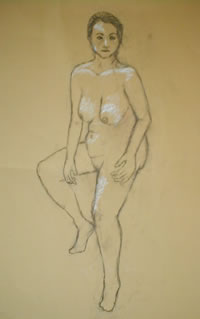|
In her report
Porath also included the findings of research conducted by other researchers.
Those studies showed that age-related trends were apparent in the central
spatial structures used by young gifted artists, and developmental patterns
also were evident in color use, composition, and core elements in human
figure drawing. Artistic giftedness includes qualitative differences from
the norm, such as: expressive use of line and shape, originality in composition,
and sensitivity to line and color. Gifted young artists may demonstrate
accelerated ability to deal with perspective. Depicting perspective and
artistic abilities appear to be different from spatial problem solving
abilities. Some children gifted in the visual arts demonstrate advanced
development, while most attain new levels of development at approximately
the same time as average children, but apply their new capabilities more
flexibly, extensively, and deeply.
Elaboration
and accomplished technique (tonal development, representation of movement)
and visual maturity, or detailed representation of objects, were qualities
demonstrated by young visually gifted children which are typical of older
children or adolescents.
Gifted child
artists can demonstrate their talents in different ways, and it is important
to realize that not every product they produce will be outstanding. The
use of multiple criteria for identifying gifted children is important
because students of different ages and backgrounds may respond differently
to artistic tasks.
|



